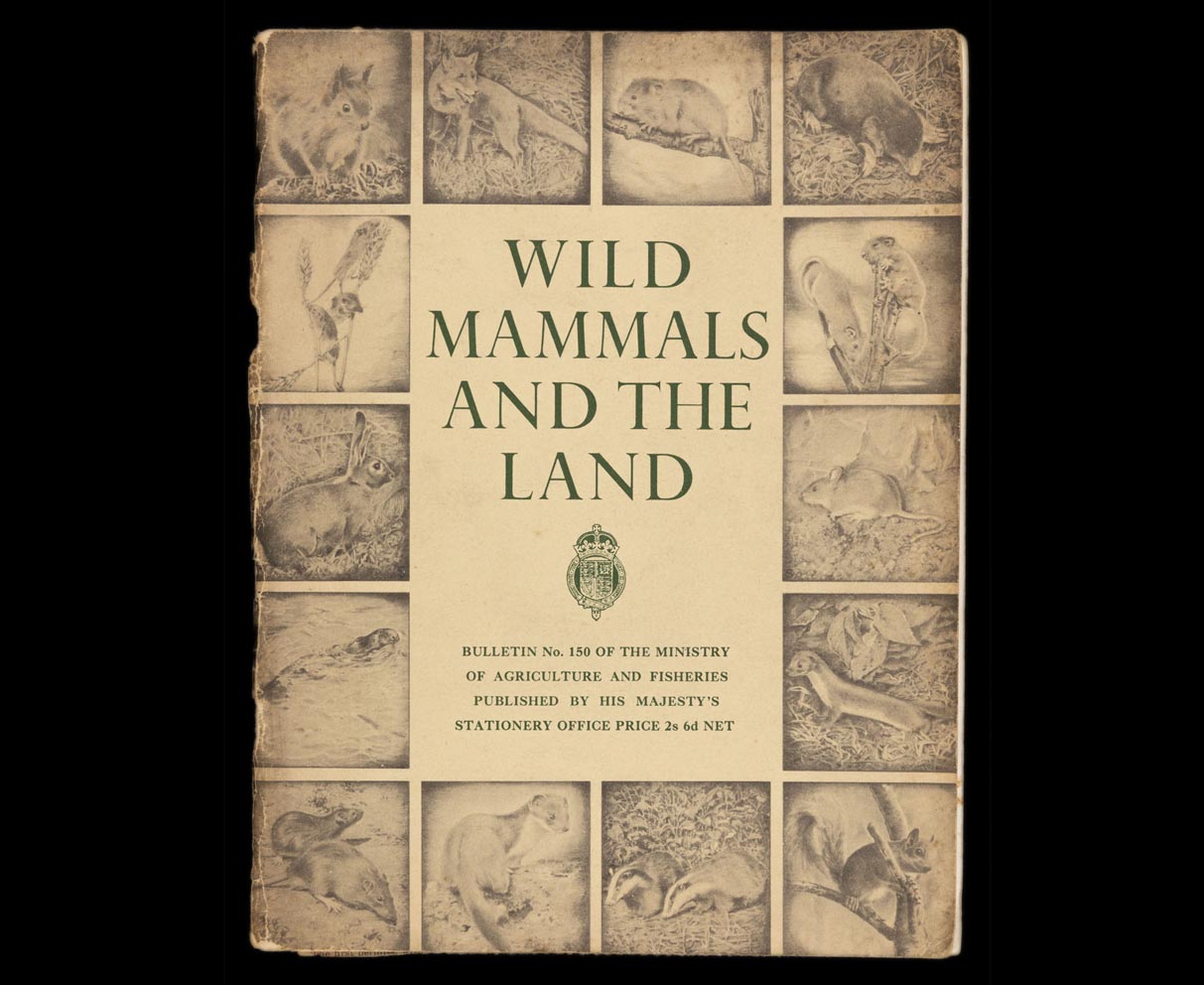51 Voices: of Mice and Museums
Read our three newest Voices

This January, The MERL embarked on 51 Voices, a new year-long project celebrating the Museum’s seventieth anniversary in 2021. Throughout the year, we will be working with a range of writers, artists and different communities to give contemporary voice to fifty-one objects and archives in The MERL collection connected in myriad ways to our founding year.
In this second monthly roundup of our 51 Voices work, join The MERL’s Anna Jones as she reflects on three of the fifty-one objects which were given Voice in February (now live on the exhibition page), and explores how they are resonant in our lives and changing world today.
51 Voices: FEBRUARY
In the month of love, with creatures coupling and all things Saint Valentine, it might seem strange (or maybe not?) to observe the three objects’ connection of conflict, and particularly war.
It is perhaps to be expected that in researching and considering the mid-century, to celebrate 70 years of The MERL, both the First and Second World War would be present – such is the shadow both events undoubtedly cast on life long after their armistice.
Specifically, with all the February objects, the skill that was applied to the craft of their creation reflected the skill their creator applied to the conduct of these wars. Object 5 photographer John Tarlton honed his skills during wartime service in the photographic unit of the RAF. Object 6 writer Frank Howard Lancum was a press officer for the Ministry of Agriculture and Fisheries during the Second World War. And Object 7 illustrator Thomas Hennell’s combat operations as a war artist in mainland Europe and in the Far East resulted until his untimely death while still on active service in 1945.
But look at little closer, and there are also different conflicts bubbling here: the Lion and the Unicorn representing England and Scotland, an often uncomfortable, reluctant union; the disparity between male and female pay; an instruction to destroy rodent pests, balanced alongside the pleasure of watching harvest mice (‘furry atoms’); and the tension between industrial, scientific agricultural practices and smaller, less mechanised farming. All conflicts we easily recognise and uneasily grapple with today.
For Object 5, ‘Building Connections’ Collections Researcher, Nicola Minney, delves into the story of a mid-century straw craftsman and his contribution towards the Festival of Britain. Nicola responds to ‘Lion and Unicorn’, a striking image of this celebrated maker and to the skilled photographer who took this portrait. She draws us into the interconnecting networks of creative life in one special corner of 1950s Essex.
And, hot off the press (or perhaps fresh from the binder), poet Obby Robinson makes a welcome return to The MERL with a new piece responding to the creativity of his fellow Essex folk, addressing the conflicted world of rural industry, and all while returning us fleetingly to the image of the heart.


Dr Roy Brigden, Keeper of the MERL for 30 years until his retirement in 2010 gives Voice to Object 7. He looks at Thomas Hennell’s ‘Drawing of The Hermitage’, which depicts some of the earliest items to be acquired in 1951, to help draw out some threads on the backstory of the Museum, and reflect on the collecting of objects which embody the skills of the past in the hope of pointing the way towards a sustainable future.

Of mice and museums
All three February Voices speak of the importance of collections, particularly rural ones, to preserve rather than discard – to accumulate knowledge accruing from previous generations. As Dr Brigden observes: ‘Responding to change and dealing with change is part of the human condition, and one of the reasons why we have museums.’
We just wish that the staff at Selfridges, packing away Mizen’s ‘Lion and Unicorn’ to the basement after their 1960s famous Christmas window displays, had been more mindful of the importance of history, heritage and the place for such iconic items in museums. Or even just read Wild Mammals and the Land. Then maybe, just maybe, those incredible straw creatures – embodying strength and realism, fantasy and imagination – would be with us at The MERL and not nibbled to nothingness by mice.
With thanks to the support of Arts Council England and the Government’s Cultural Recovery Fund for making all this possible.
Explore February’s 51 Voices.
